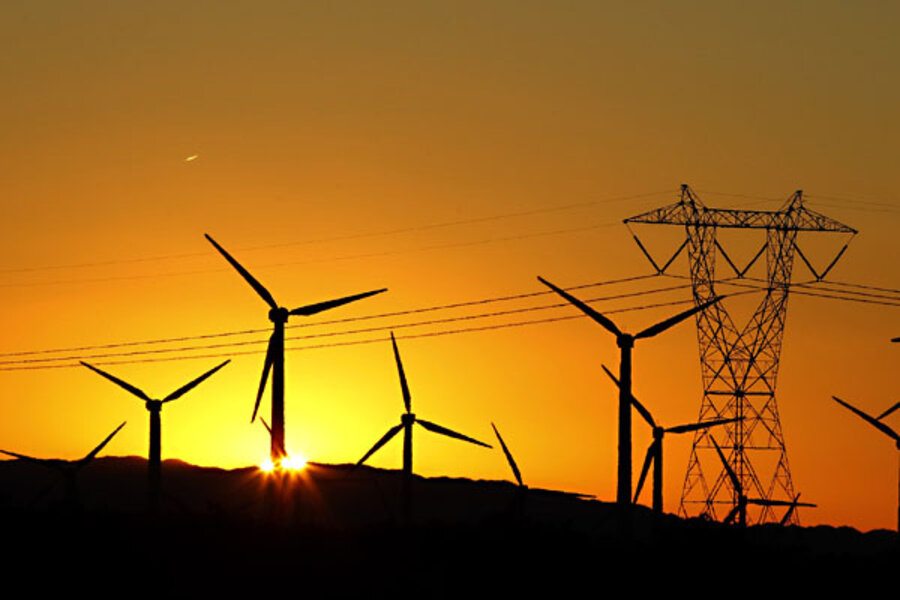Don't make fun of California's carbon reduction efforts
Loading...
The Editorial writers at the WSJ have some tough things to say about California's AB32 carbon mitigation effort. The regulators at the Air Resources Board are called "elitists" who do not understand the unintended consequences of their well meaning regulations. The WSJ predicts that this regulation will further damage the California economy. This editorial merit some analysis.
First, allow me to quote the editorial in a couple of places to give you a flavor of its tone and main points.
"It may be time for California to formally apply for membership in the European Union. Its taxing, borrowing and regulatory policies are already more in line with the southern tier of Euroland than with other U.S. states, and the Golden State has taken another lurch in the Euro-direction by becoming the first jurisdiction in the nation to adopt a full-scale cap-and-trade tax to combat global warming. The new taxes and regulations will require a nearly 30% reduction in carbon emissions from power plants, manufacturers, cars and trucks by 2020."
I agree that this is funny and well written.
"So California will go it alone on cap and trade, and the economic fallout won't be pretty. Nearly every independent analysis agrees that water, electricity, construction and gas prices inside the state will rise. The only debate is about how much."
This is the key paragraph in the piece. The WSJ forgets that the Air Resources Board is aware of the general equilibrium impacts of its policies. The ARB is trying to change "the rules of the game" to get California polluters to expect that they will be charged a gradually higher price for carbon emissions. As these polluters update their capital stock and make investment decisions (and given this policy path expectation), they will make choices that allow them to adapt smoothly to the new incentives.
The WSJ implies that the policy regime shift is "cold turkey" but this is false. California polluters will only gradually face a higher price for carbon emissions. It is true that meeting the aggressive Renewable Portfolio Standard for electric utilities must be pushing them to raise their electricity prices (and the exact amount should be a leading economic consulting project) but the new cap and trade program will be gradual. Here are some facts.
To placate critics who view this as a "silly tax", "In California, 90 percent of the allowances will be given out free, but 10 percent will be sold on the open market, which some say could raise $500 million a year for the state's climate-change programs."
So, at the start of the cap and trade program --- the polluters will only be paying for 10% of their pollution and the price per ton will start low and only gradually rise. This is like walking into the ocean one toe at a time. This isn't the rise of Stalinism!
As I have said many times, California is running a major field experiment here and since ideas are public goods, the good ideas that California discovers will be applicable all over the world to reducing GHG emissions elsewhere. Of Course, California can't "solve" climate change by itself but by volunteering to be the "green guinea pig", we will generate new knowledge and good mitigation strategies that can be applied all around the world. Are we are hero or a sucker? The WSJ incorrectly calls us a sucker. As a subscriber to the WSJ, I must admit that I'm disappointed with their dogmatic editorial staff. This smart group has ignored that the leaders of the ARB are well aware of the political realities they face. There is no free lunch but it is possible to identify "win-wins" that internalize externalities.
UPDATE: The WSJ makes a mistake in citing a "cost of regulation" piece that claims that California households will be paying an extra $3,800 a year in new regulatory costs. To quote the sober Joe Romm, I have "DEBUNKED" that regulatory study in my own analysis . Unlike those authors, I was not paid for my report! You can also read my LA Times editorial (joint with Jim Sweeney) on this subject here.





